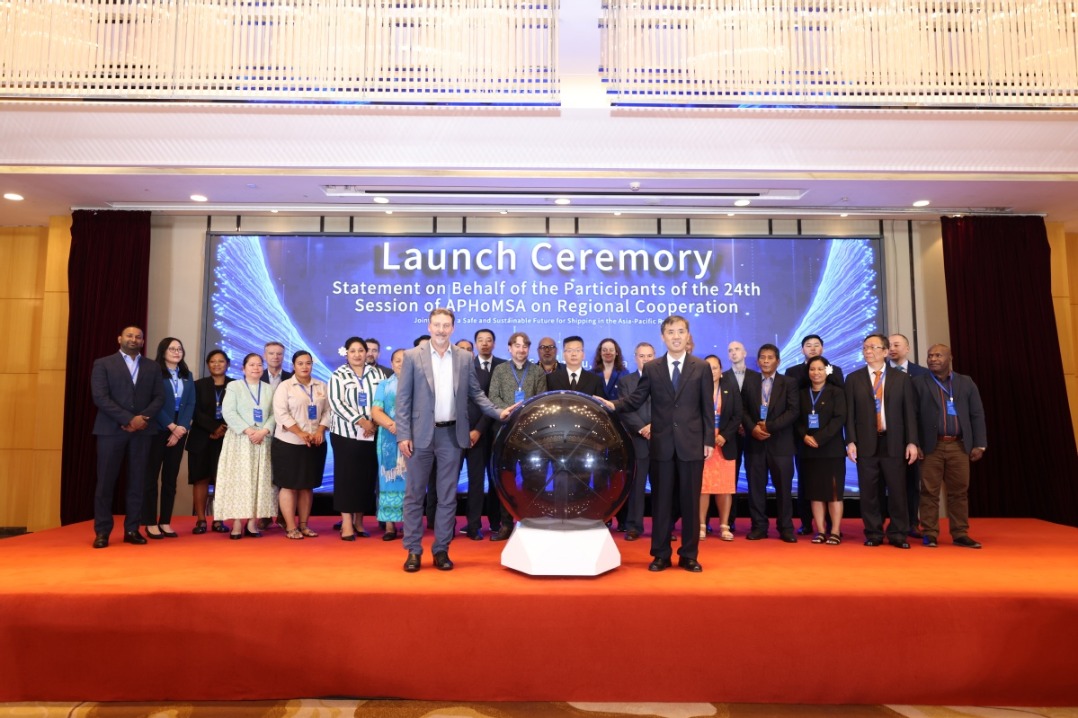Jidu's 1st digital cockpit concept vehicle promises comfort, reliability
By Fan Feifei | chinadaily.com.cn | Updated: 2021-11-30 16:25

Baidu Inc, Jidu Automotive and Qualcomm Technologies Inc announced that Jidu's first mass-produced digital cockpit model will use an intelligent system supported by Baidu and Qualcomm Technologies.
This system is based on the 4th Generation Snapdragon automotive cockpit platform from Qualcomm, together with the next generation intelligent cockpit system and software solution developed by Jidu and Baidu.
The Jidu vehicles featuring the new digital cockpit are expected to be available in 2023 and are set to be the first production vehicles to feature a Snapdragon 4th Generation automotive cockpit platform in China. Attendees of the Beijing auto show will be able to preview the Jidu concept vehicle in April 2022.
Jidu, a joint venture between Chinese tech giant Baidu and carmaker Geely Holding Group, was officially established in March 2021.
The 4th Generation Snapdragon automotive cockpit platforms are designed to provide superior in-vehicle user experiences, as well as safety, comfort and reliability, raising the bar for digital cockpit solutions in the automotive industry.
They also serve as a central hub for high-performance computing, computer vision, artificial intelligence and multi-sensor processing with a flexible software configuration to address the computing, performance and functional safety needs for a specific zone or domain.
"Jidu has rapidly grown since its inception half a year ago where we have conducted software development validation for production vehicles based on the Software Integration Mule Car, as well as the development of digital intelligent cockpits and intelligent driving capabilities, demonstrating our innovation and high efficiency in product development fields as a technology enterprise," said Xia Yiping, CEO of Jidu.
Xia added the company will quickly implement advanced intelligent cockpit technologies, bring these technologies to the market immediately and create reliable, self-evolvable automobile robots.
























